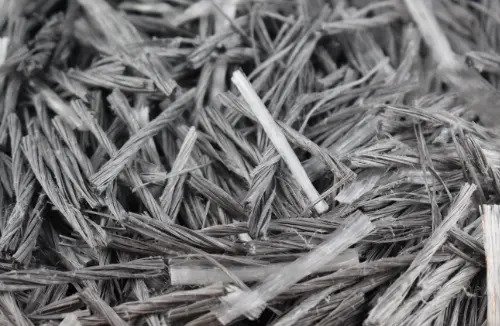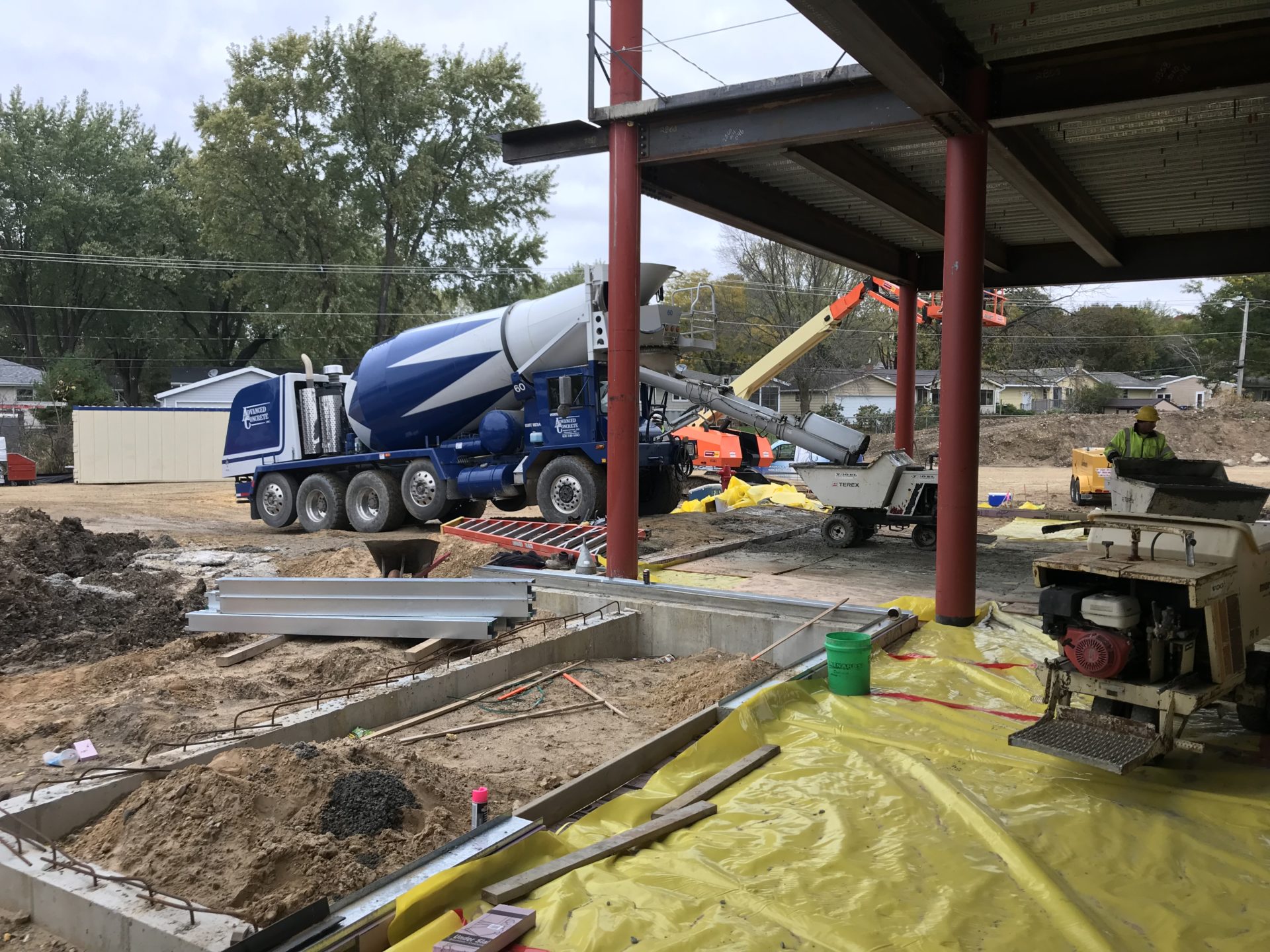Micro Synthetic Fiber
We recommend including synthetic micro fiber in all flatwork installations. Interior Garage, Basement, Floor Slabs, Driveways, Patios, Stamped Concrete, all will benefit from micro fibers being added to the mix.
Microfibers are used in concrete to reduce plastic shrinkage cracks. Plastic shrinkage cracks are those that form while the concrete is still plastic, or able to be moved. These cracks are typically caused by loss of moisture at the surface of the concrete. Microfibers also help to increase bleed water uniformity, which helps with finishing.
Microfibers can be used to augment welded wire reinforcement. However, they cannot be used to replace welded wire reinforcement when needing equal flexural performance.
Bi-Blend 300 - Available At Advanced Concrete
Macro Synthetic Fibers
We recommend installing these premium fibers in heavy duty flatwork installations. Call us today for specific recommendations on your project!
Synthetic Macro fibers offer many advantages over welded wire reinforcement or rebar. Steel reinforcement takes time to transport, install, and place at the appropriate depth in the slab. It must be placed between the middle and upper third of the slab, which is cumbersome work, often improperly done, and is a serious trip hazard.
Macro fiber is now also accepted in Wisconsin's Building Code as acceptable reinforcement, in lieu of horizontal rebars. This is a direct cost savings to the homeowner and the contractor, and provides a superior end product.

These fibers also reduce plastic and hardened concrete shrinkage, improve impact strength, and increase fatigue resistance and concrete toughness. This extra heavy duty fiber offers maximum long-term durability, structural enhancements, and effective secondary/temperature crack control by incorporating a truly unique synergistic fiber system of long length design.
Call us today for fiber recommendations to improve your next concrete installation!
We stock both micro and macro synthetic fibers at all locations. We can also provide any other type of fiber such as steel fibers if they are specified on your next project.


